Providing enough water to accommodate all of the guests at Fossil Rim’s Overlook area on busy days, and especially during Spring Break, has always been an adventure – and not the fun kind, either.
Well, things have changed on that front in a major way with the opening of the new Fossil Rim Public Water System Well-house. Project Manager Louis Pienaar explained what has changed and why it needed to.

“The former well-house was grandfathered in and wasn’t TCEQ-compliant,” Pienaar said, regarding the Texas Commission on Environmental Quality. “When we started doing the (Overlook) expansions and/or upgrades with the new Nature Store, Children’s Animal Center, Activity Center, Overlook Café, education facilities, and so on, the demand for water outgrew our capability. The old well-house was a small building in front of the café with a storage capacity of 1,200 gallons. During Spring Break especially, with all of the toilet usage, we would run out of water.
“That would obviously cause frustration for our guests. We can’t get the county’s water here at this elevation. Our first thought was to pump water up here from the pressure tower, but then we had the idea to move the decommissioned equipment we had at the admin buildings up here.”

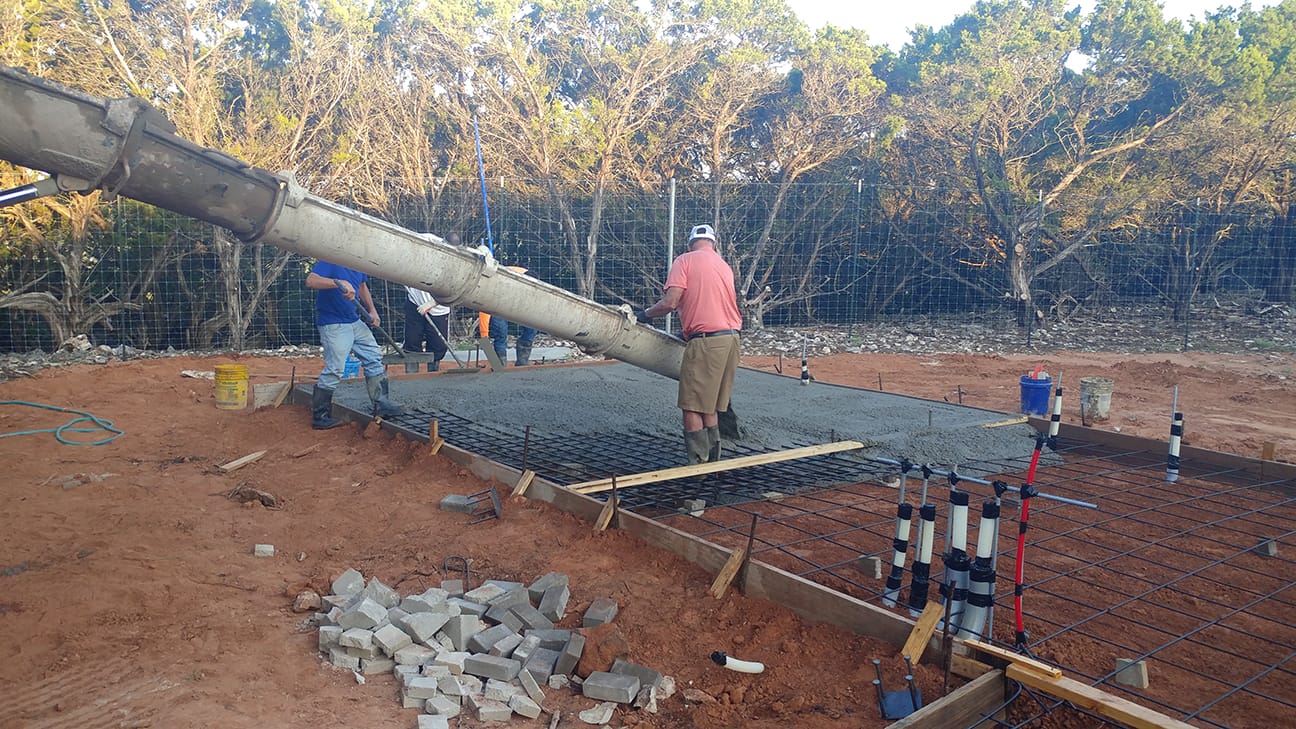
The new water tank increased storage capacity from 1,200 gallons to 12,000 gallons – approximately three days of water, depending on guest traffic.
“If anything should go wrong with our well, we’ll have enough time to repair it without disrupting the service,” Pienaar said. “This facility is now fully TCEQ-compliant, which is the biggest key along with being able to meet our growing water demands. In case of a power emergency, we have a generator to power the well-house and the rest of the Overlook on a temporary basis.”
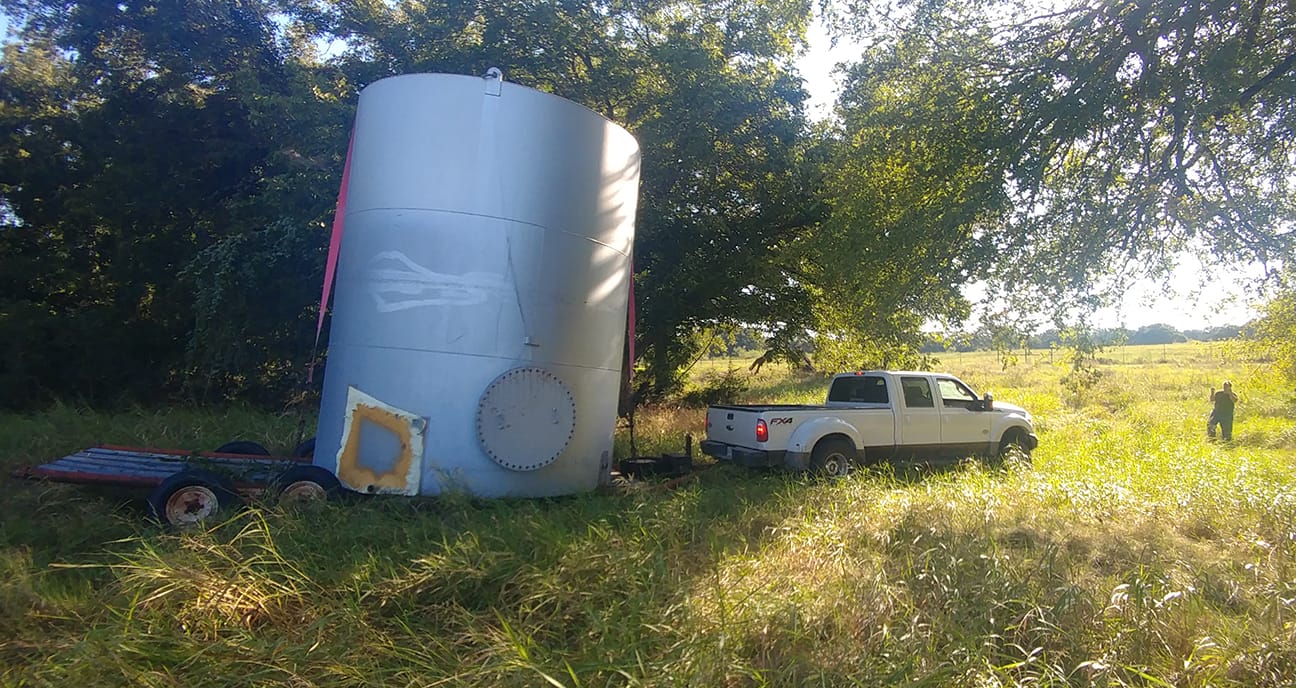
He said initial planning discussions to get to this point began about five years ago. Drawing up the project blueprints and submitting the plan to TCEQ for approval before beginning the construction process took about four months, and then the construction of the facility itself was a four-month affair.
“My target was to get it finished well before Spring Break,” Pienaar said, as that happened with more than a month to spare. “It wasn’t just a Spring Break issue. On a busy weekend, we would have difficulty meeting the water demands up here. We had to turn down the amount of water the toilets used per flush.

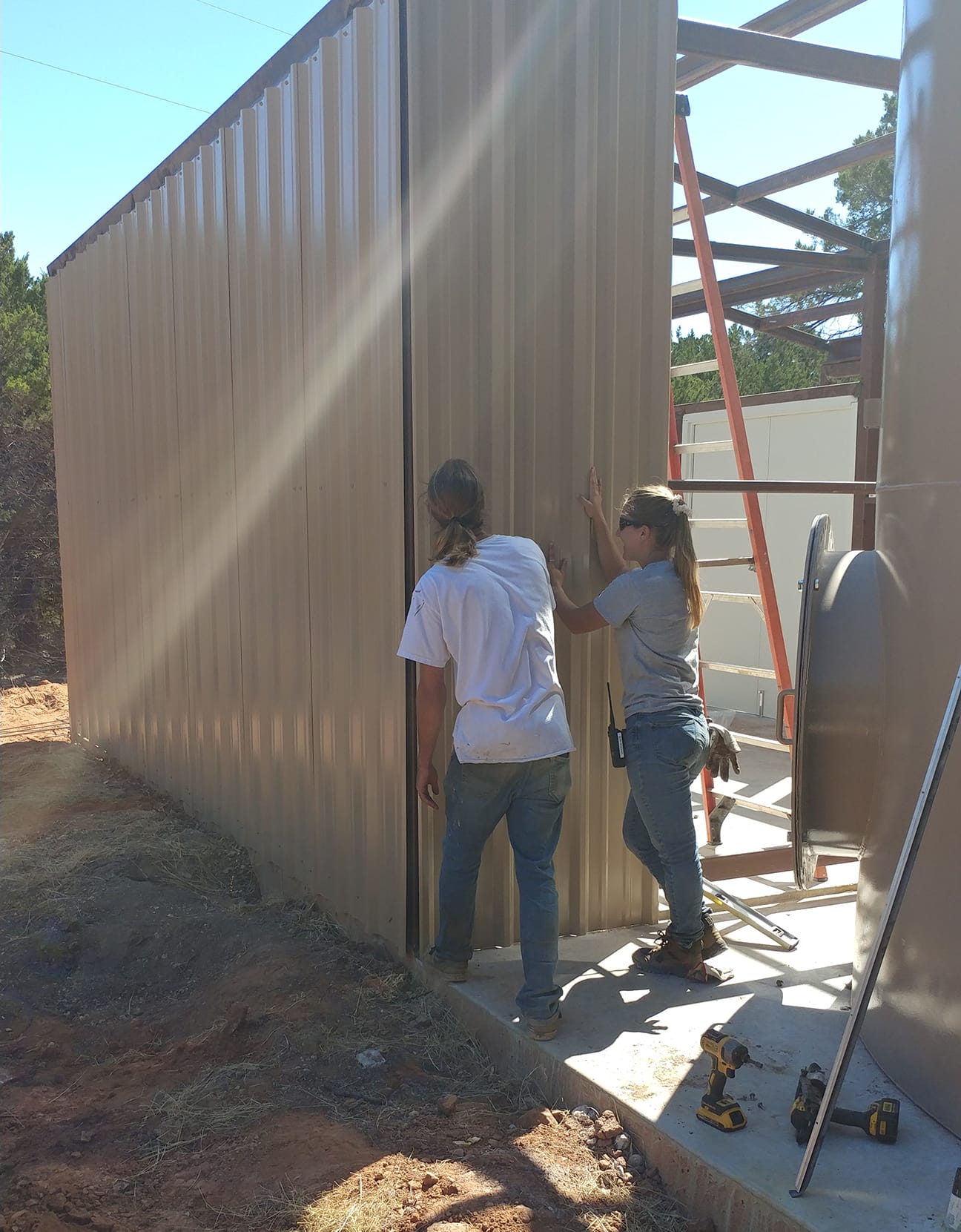
“Just take the Nature Store alone, for example. The old building had four toilets. This one has 12.”
Approaching the project in a frugal manner was important to him.
“We took our time to find an affordable solution,” Pienaar said. “This well-house was one-third of the cost of the original well-house behind admin. The water tank, pumps, and control systems were brought from admin and repurposed. We could not have pulled off the repurposing of the old admin well equipment without our contractor Greg Smith, who brought the 12,000-gallon water tank to the Overlook.”
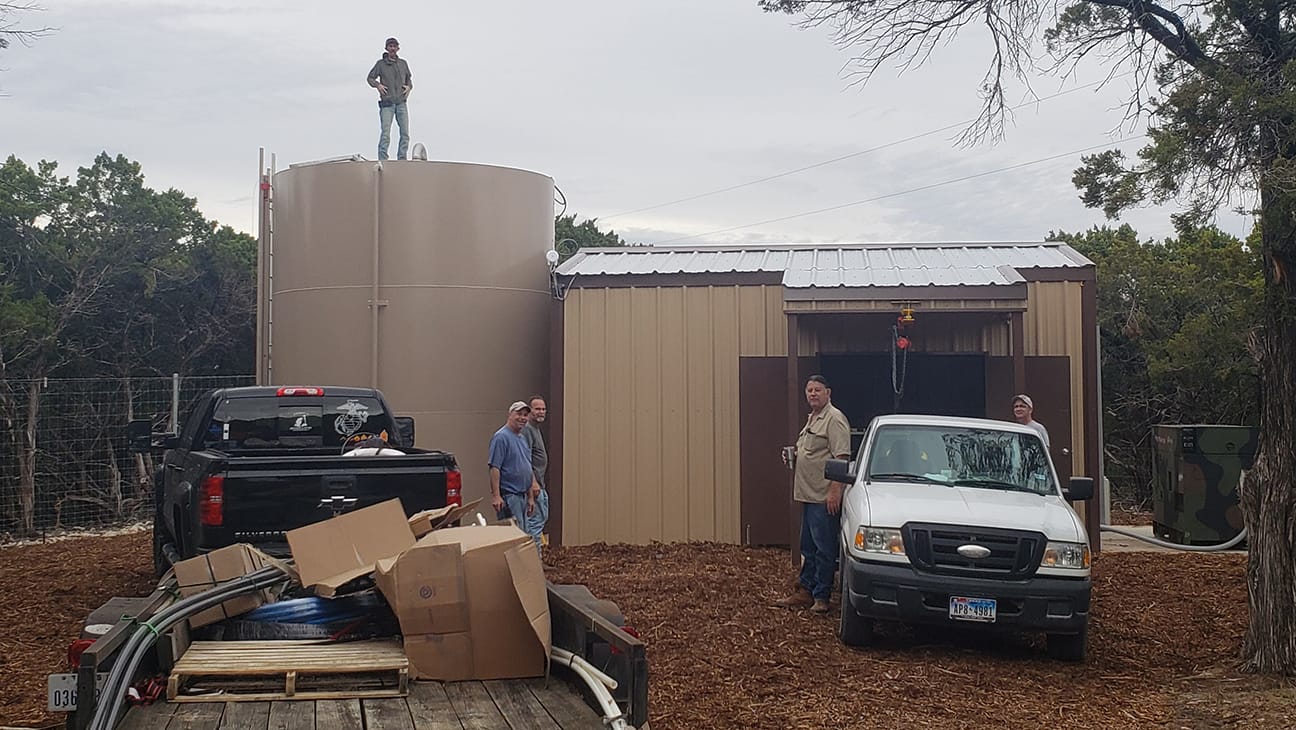
He expects Fossil Rim to be able to depend on the new facility for at least the next 30-40 years.
Caitlin Pyle, Fossil Rim Water/Wastewater Operator and Natural Resources Manager, explained how the closed loop system works regarding the water.
“The well-head pulls up water from 714 feet under the ground in the Second Trinity Aquifer,” she said. “We treat the water at the well-house and then distribute it. From there, we clean it at our Wastewater Treatment Plant (located in the Game Preserve just a short walk from the well-house) and redistribute it back to nature into the pasture where it can become groundwater once again over time.”


Pienaar said the water is drawn up from the aquifer at about 15 gallons per minute and pumped into the storage tank. Two booster pumps pressurize the system; if one fails, the other one can do the job while the first pump is repaired.
“The pumps can draw water out of the tank at approximately 120 gallons per minute,” he said. “The tank may go down some, but it will automatically fill back up overnight.”
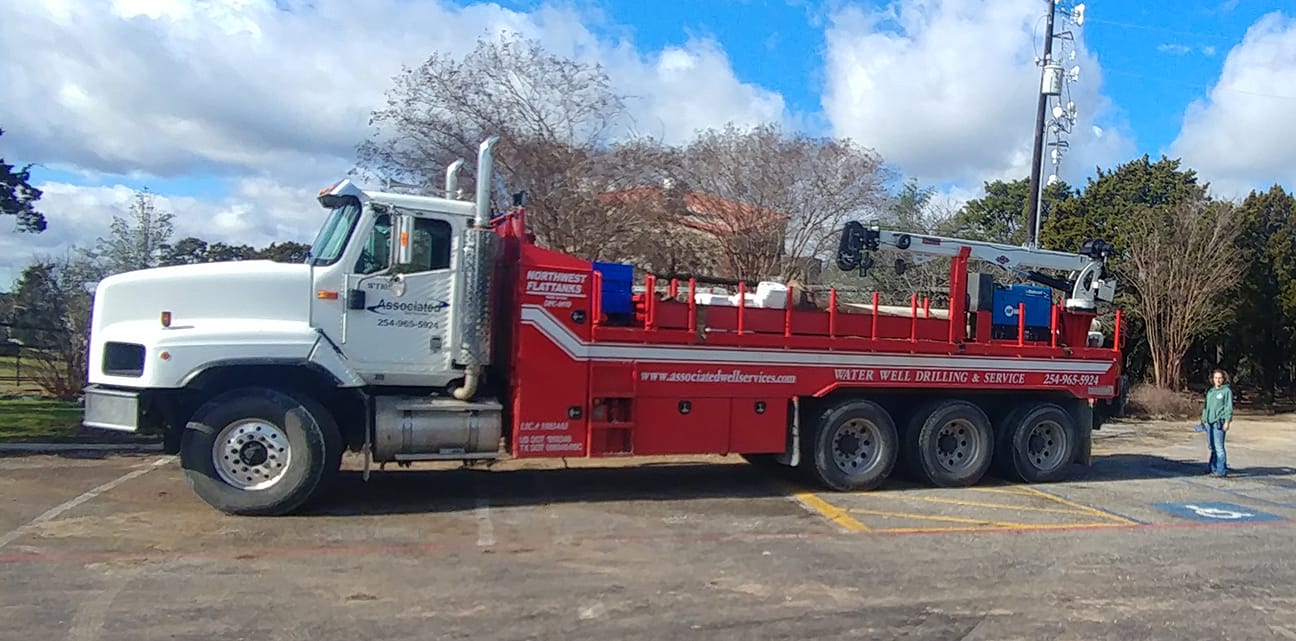
Water drawn up from the aquifer is treated with a softener that takes out calcium and iron. It also gets chlorinated before going into the storage tank. The pumps send the water off into the pipeline and throughout the distribution system.
Natural Resources Management Specialist Vanessa Hays explained what facilities the well-house benefits.
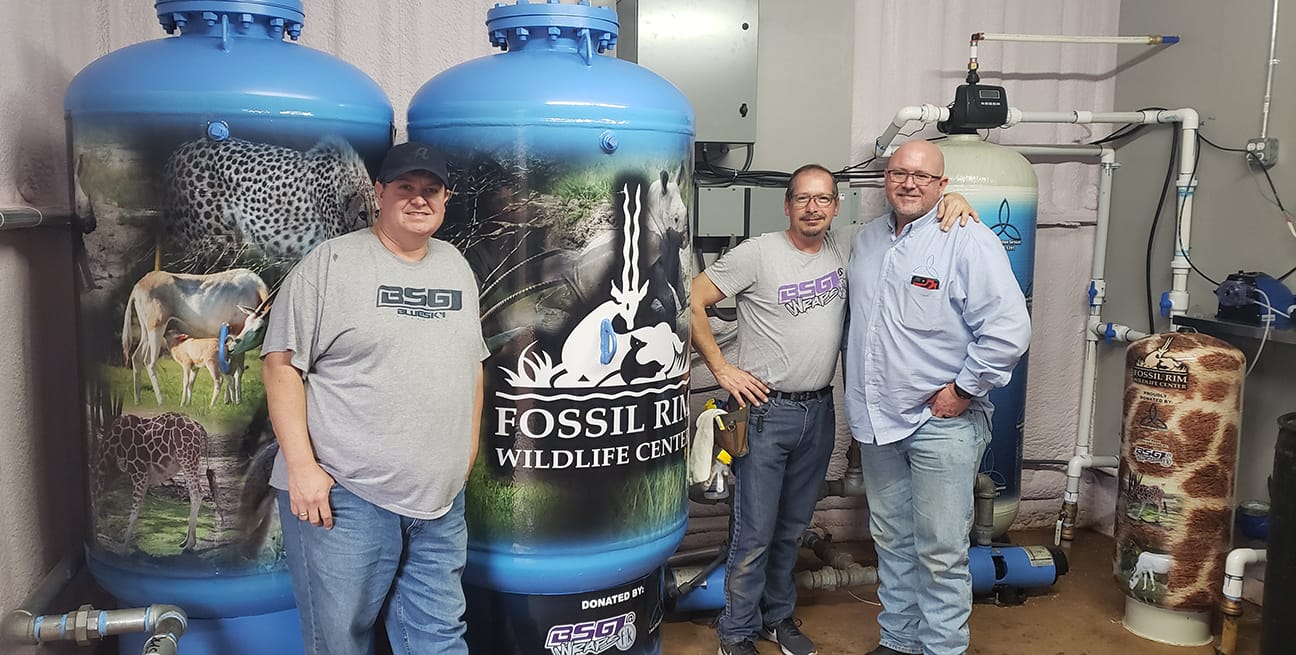

“This public water system reaches the Overlook Café, Nature Store, Children’s Animal Center, Activity Center, the various education buildings, and the Giraffe Barn (in the Game Preserve),” she said. “This is the lone water source for our giraffes, other than ponds and streams, so it is nice to provide for them, as well as our guests.”
Pyle and Hays, who comprise the entire Fossil Rim Natural Resources Department, are the only two staff members licensed to operate the Fossil Rim Public Water System.
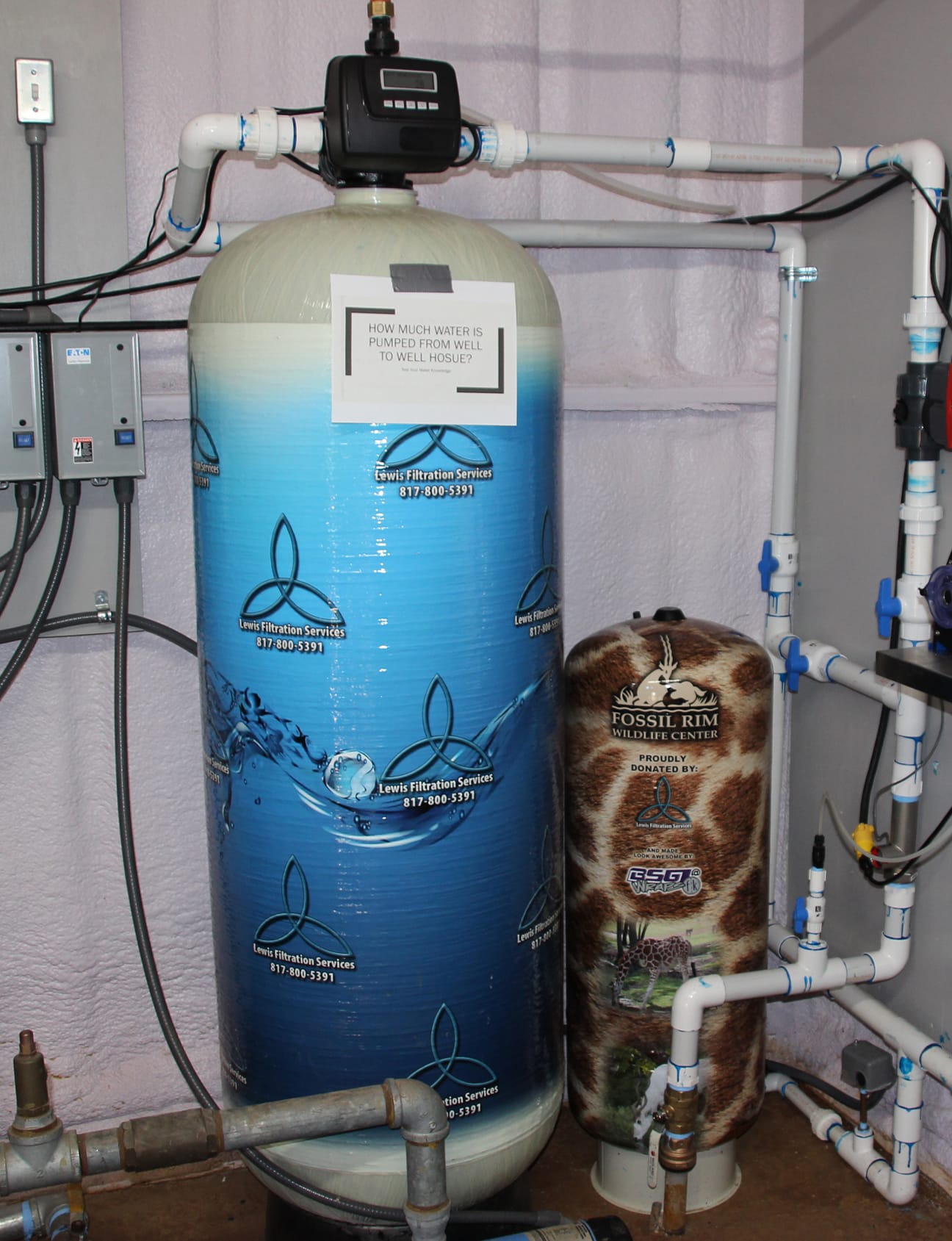
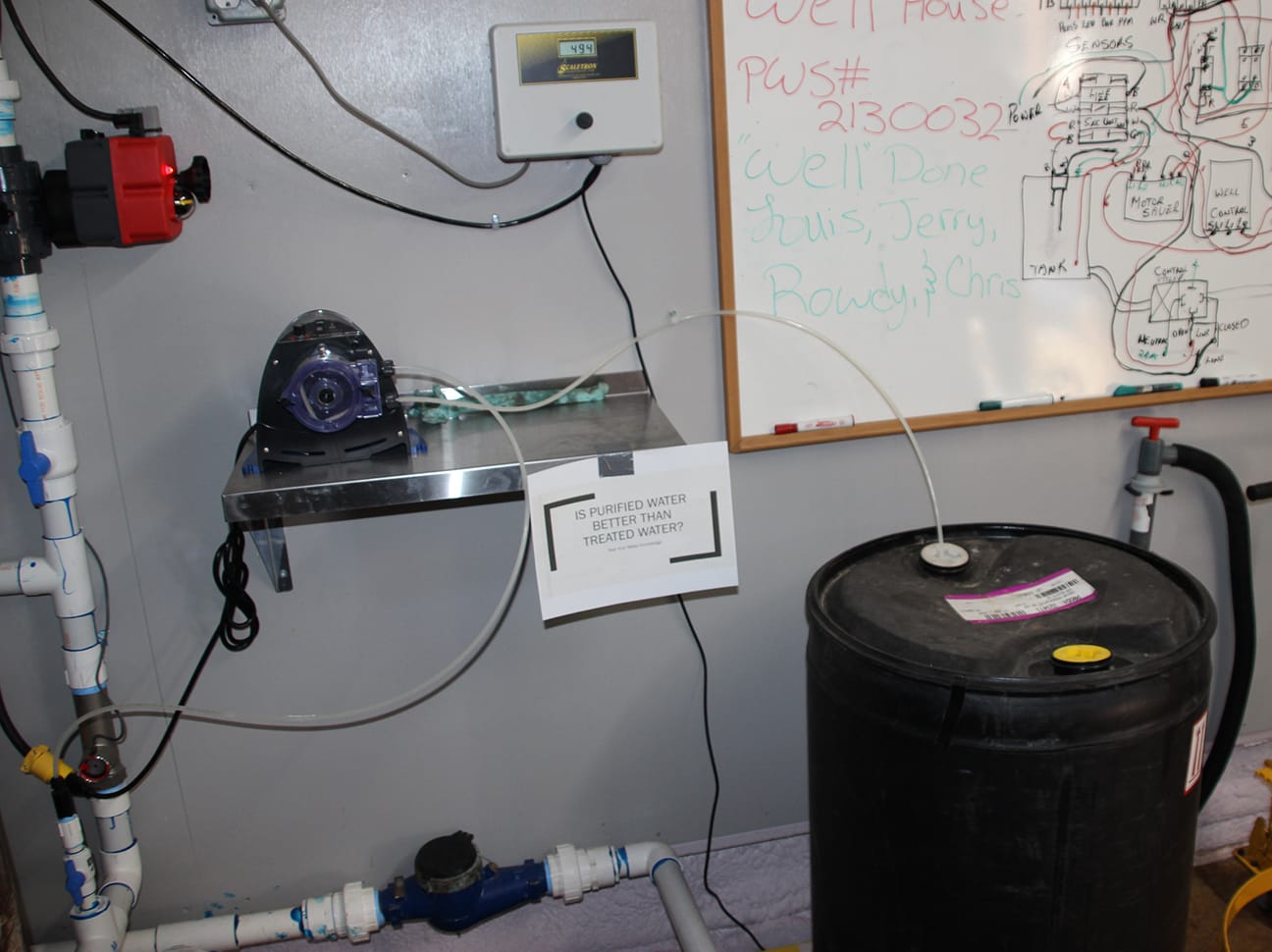
“Caitlin and Vanessa are doing extremely well with the natural resources department, in my opinion, and operating this well-house is another step forward for them,” Pienaar said. “They have the training and are both certified public well operators, our only two on staff. They are responsible for monitoring the chlorine levels daily. They take bacterial samples monthly and do other analysis on a weekly, monthly, and quarterly basis to meet TCEQ requirements for water safety.”
“To become a certified water operator with TCEQ, you have to go to two classes that total roughly 40 hours,” Hays said. “You must study to pass a test. Then, once you are licensed, you are required to keep learning by earning Continued Education Credits (CEUs) similar to school teachers and some other professions. I’m technically a class-D water operator.
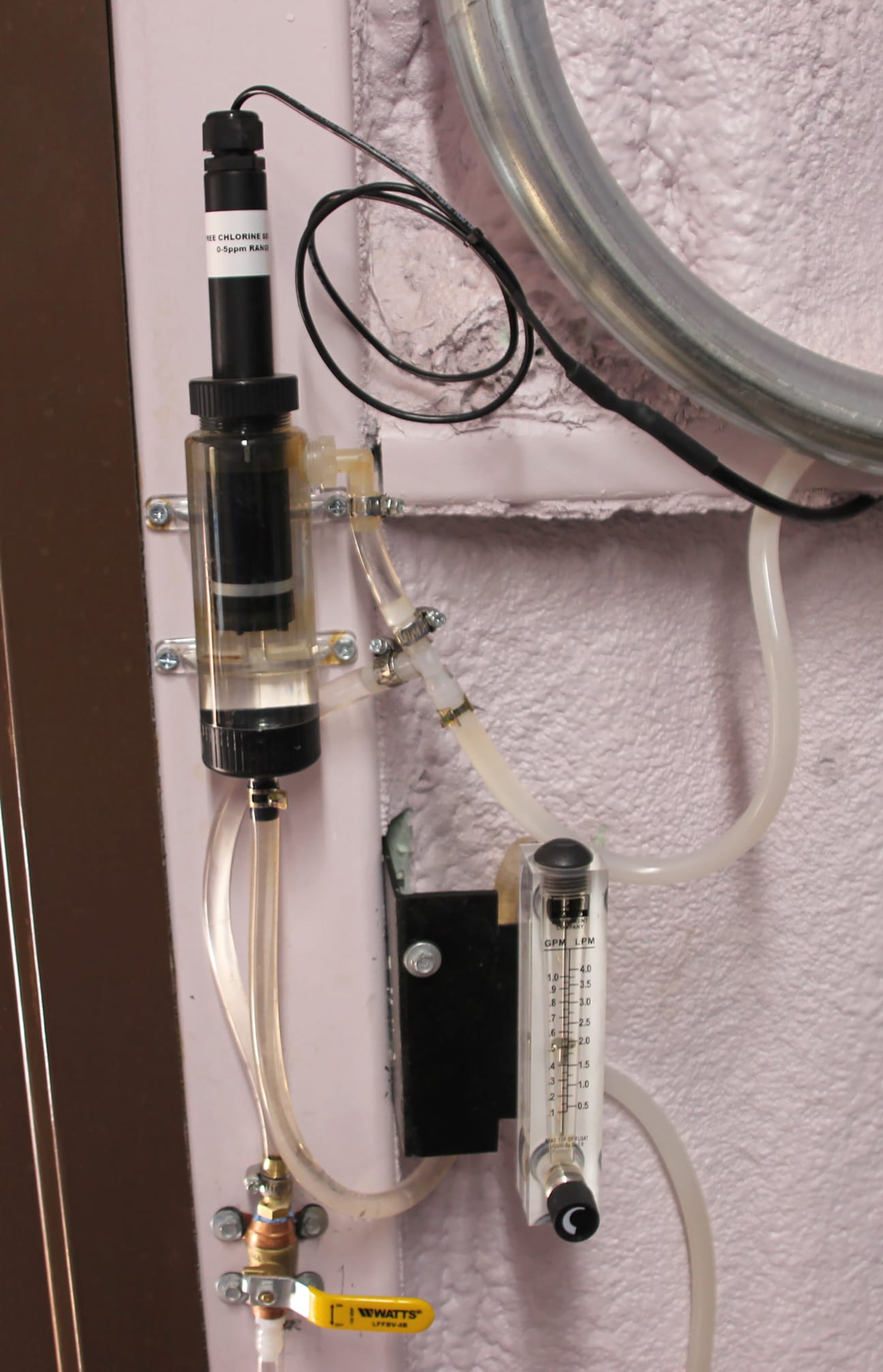
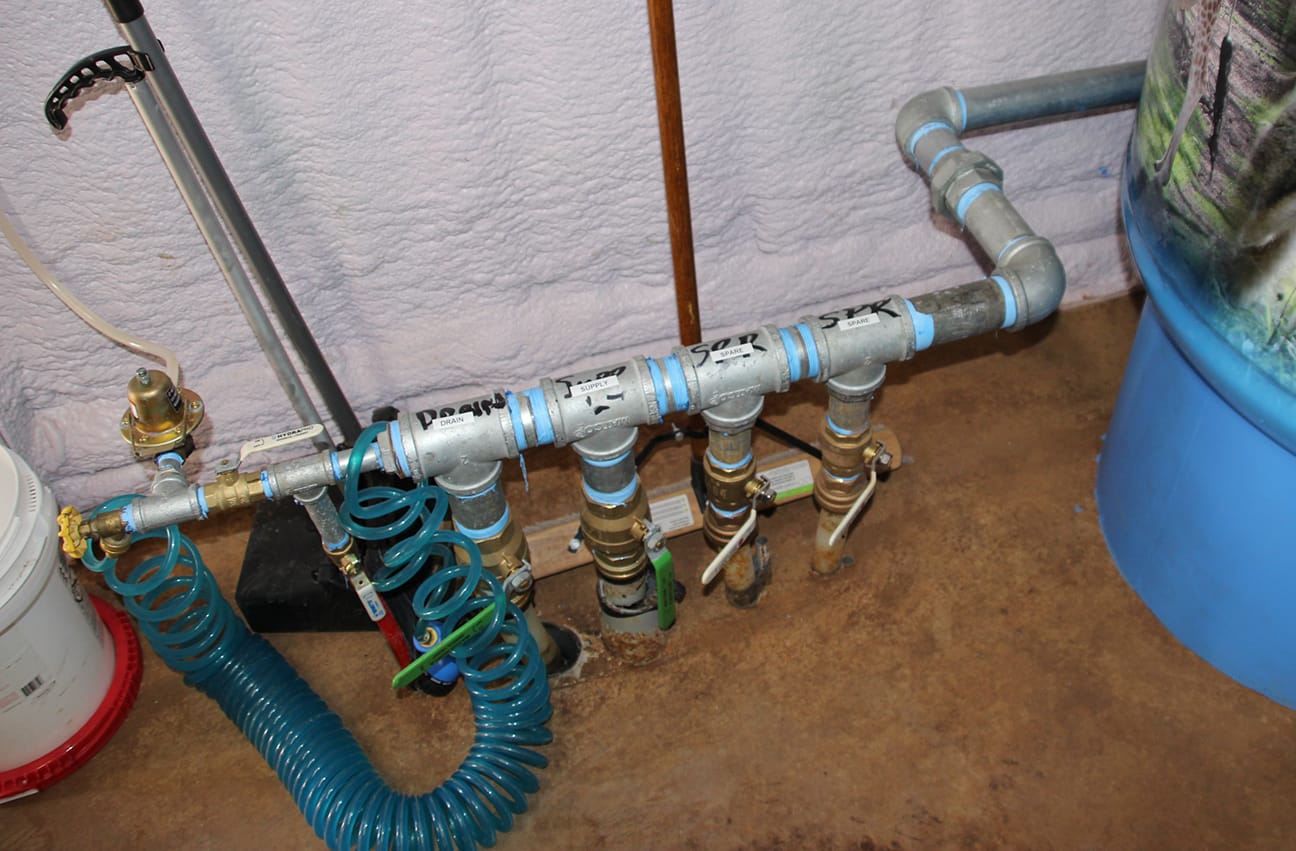
“Caitlin is a class-D for public water and a class-C for wastewater. When you advance to class-A, it’s essentially the equivalent of a PhD, and that takes years of experience and training.”
The natural resources staff duties have become very diverse, and the well-house just adds to that.
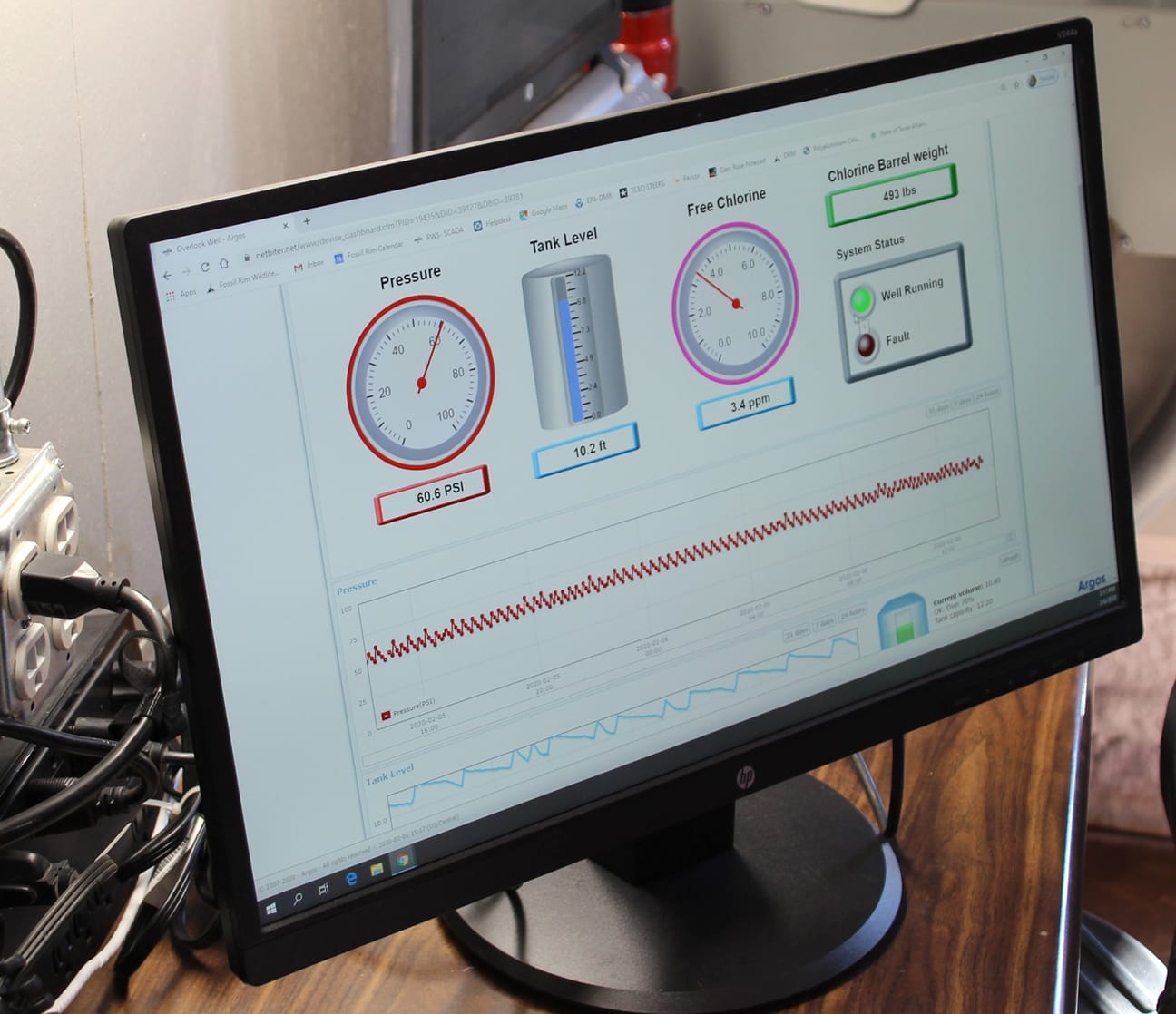
“I never knew I’d be doing anything like this when I started working here (in late 2018),” Hays said. “Caitlin was surprised when she got the opportunity to become wastewater operator and learned everything that goes into that, not to mention public water operator, as well. Working at Fossil Rim, you learn how to do a lot of things that are technically considered one job.
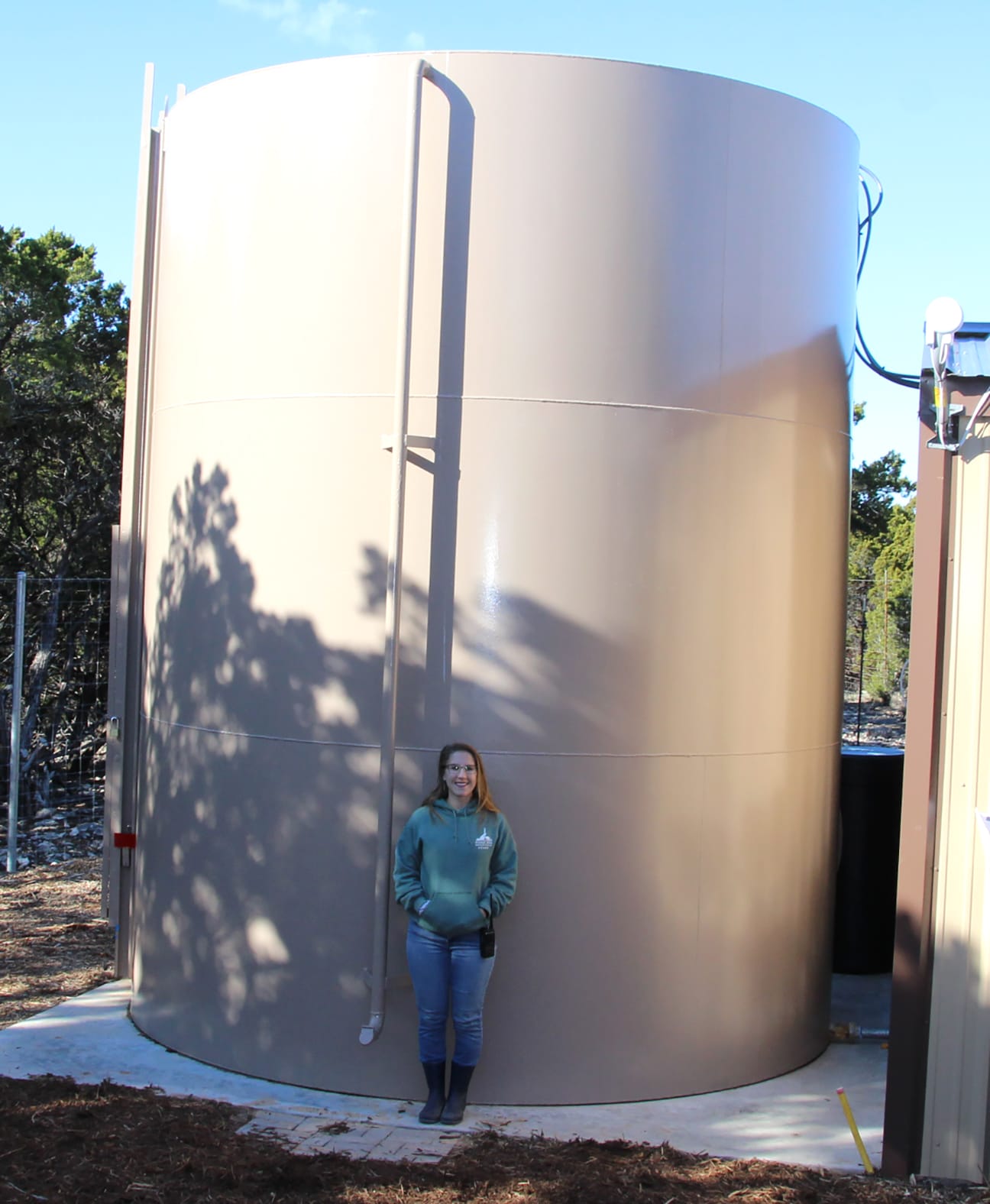
“Since we are both licensed, it will help that we don’t both have to be here every day if something goes wrong. We have good contacts that we’ve met throughout our training who can help us out, which is nice.”
Pyle talked about the training aspect, too.
“I’ve taken groundwater production classes to learn, and I’m grateful we run on groundwater, because utilizing surface water is much more complicated,” she said. “We are very fortunate to live in an area with a nice aquifer. We work with the Prairielands Groundwater Conservation District to ensure we are only using the water we need.
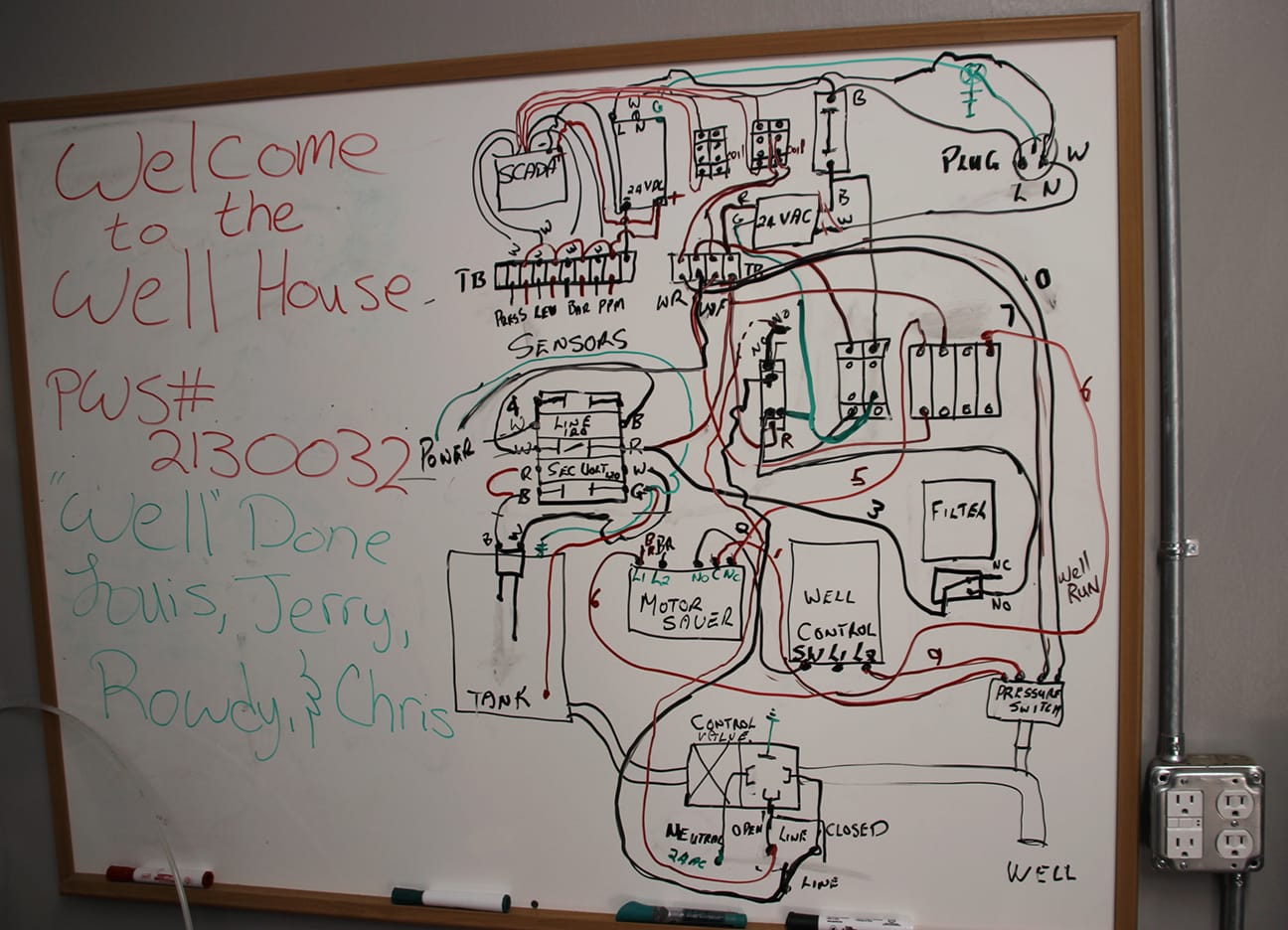
“We are a two-woman show in the natural resources department, and we work together to solve problems we encounter. Vanessa has good working knowledge of all that we do, and we have regular meetings with Louis to make this well-house facility the best it can be. Vanessa has grown so much within this department, and I’m very proud of her.”
From the Fossil Rim Support Services Department, Pienaar, Chris Boyd, Rowdy Brown, and Jerry Monroe all played key roles in the construction of the well-house facility.
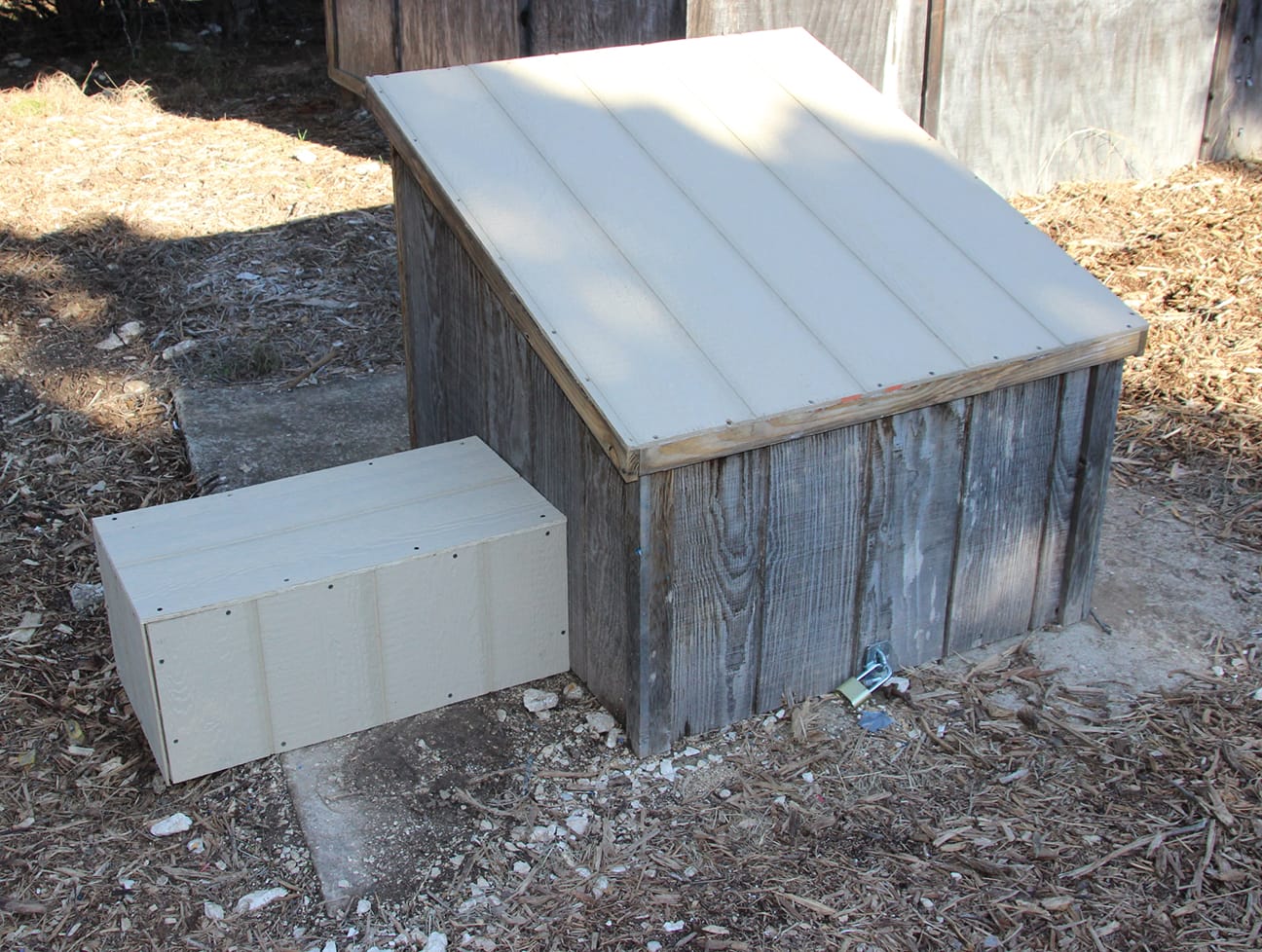
“Those four men built this facility from the ground up after the contractor laid the cement,” Pyle said. “Chris did the welding, Rowdy covered the electrical aspects, Jerry is a great all-around generalist who did whatever was needed – he formed a excellent duo with Rowdy to pull all of this together, and Louis kept the big picture in mind; he designed all of this, found the equipment, and did the research.
“Vanessa and I helped with the painting – mostly Vanessa – and tried to find other ways to assist them. We really appreciate our support staff.

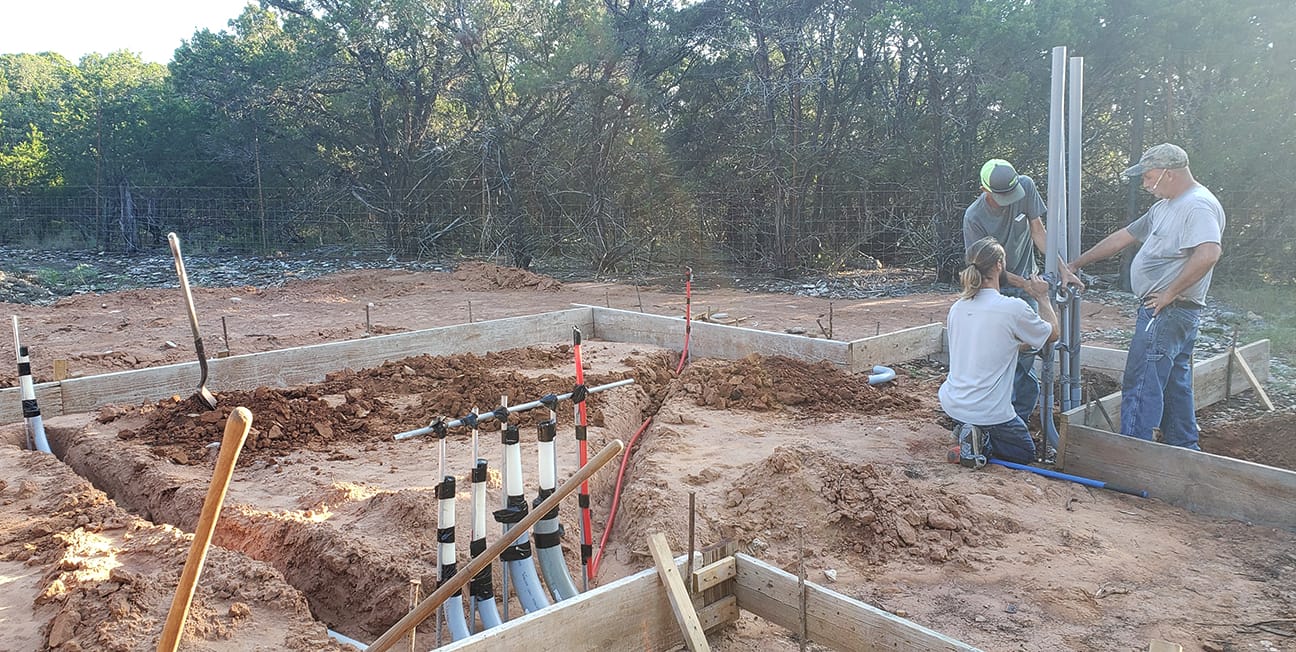
“Our IT department had a great hand in this, as well. Scott Hughes, Curt Decker, and Maia Howard went above and beyond to get Internet and computers operational here so we could get our SCADA system set up, which was crucial.”
Before an explanation of SCADA, there are a few more people to thank.
“We want to thank Robert Smith and Michael Summers at Smith Supply (in Glen Rose),” Pyle said. “They provided piping and other materials. They are one of Fossil Rim’s main community suppliers. It meant a lot to us that they came out here to celebrate the opening of the well-house with us.
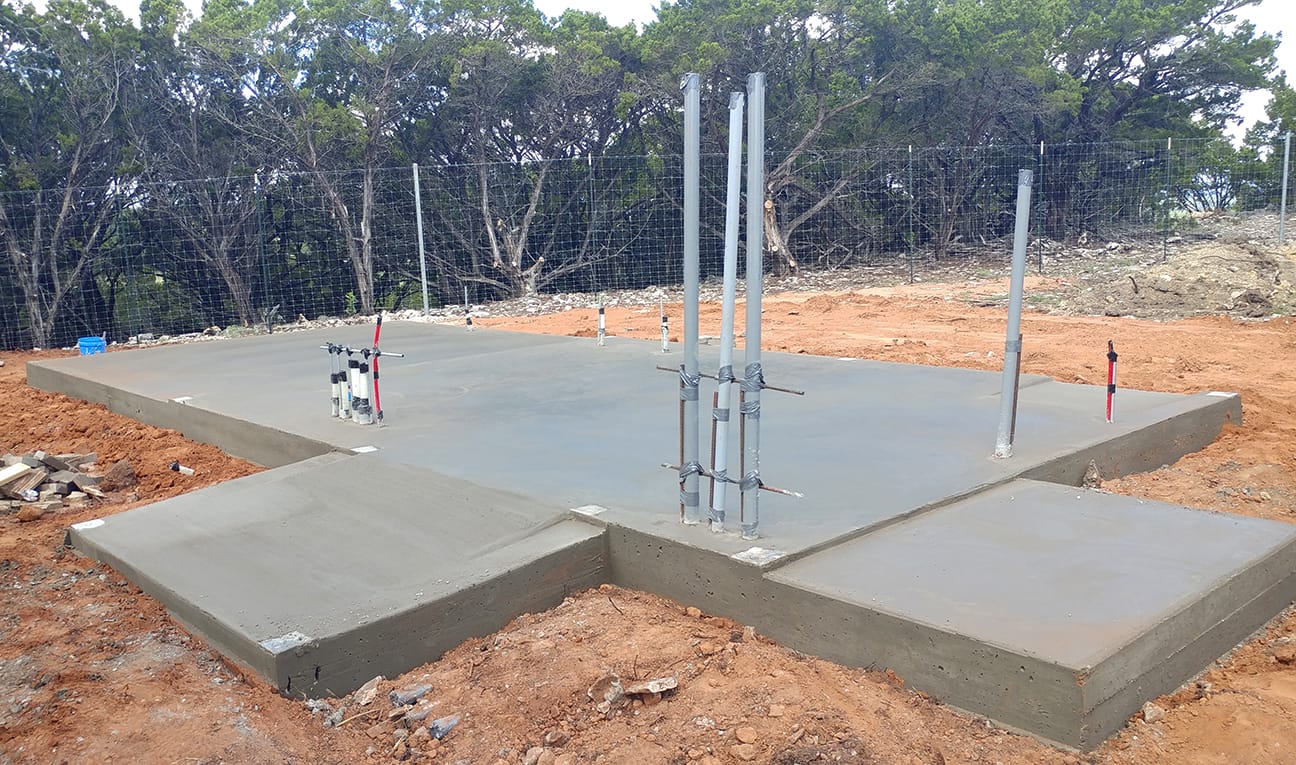
“Dale Lewis, who also was able to join us for the opening ceremony, is a great contractor who volunteered his time and labor. He was able to find us some key equipment, because you can’t just go to a well-house store for a one-stop shop. Dale connected us with experts in this field and other contractors that helped us with our SCADA system.”
Okay, we better address the SCADA – Supervisory Control And Data Acquisition – system.
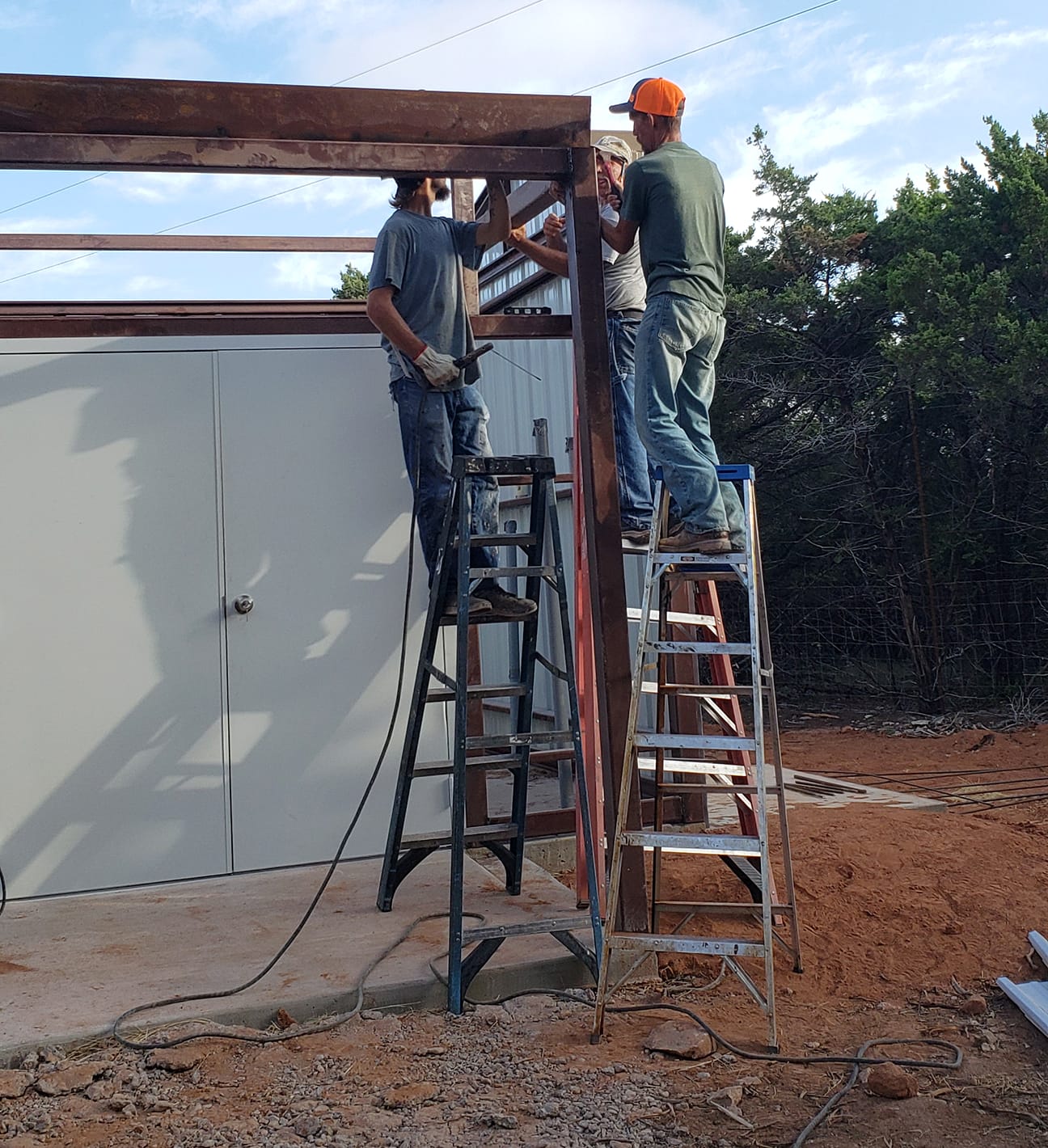


“It allows us to access up-to-date information by phone or computer on our chlorine residuals, which is the most important aspect to evaluate,” Pyle said. “We can also monitor how full the storage tank is by phone on a daily basis. If it drops to 70 percent capacity, Louis and I each get a warning.”
Pienaar said that being able to monitor the water level, chlorine level, and other aspects by phone allows them the time to make needed repairs without disrupting service. It also aids conservation.
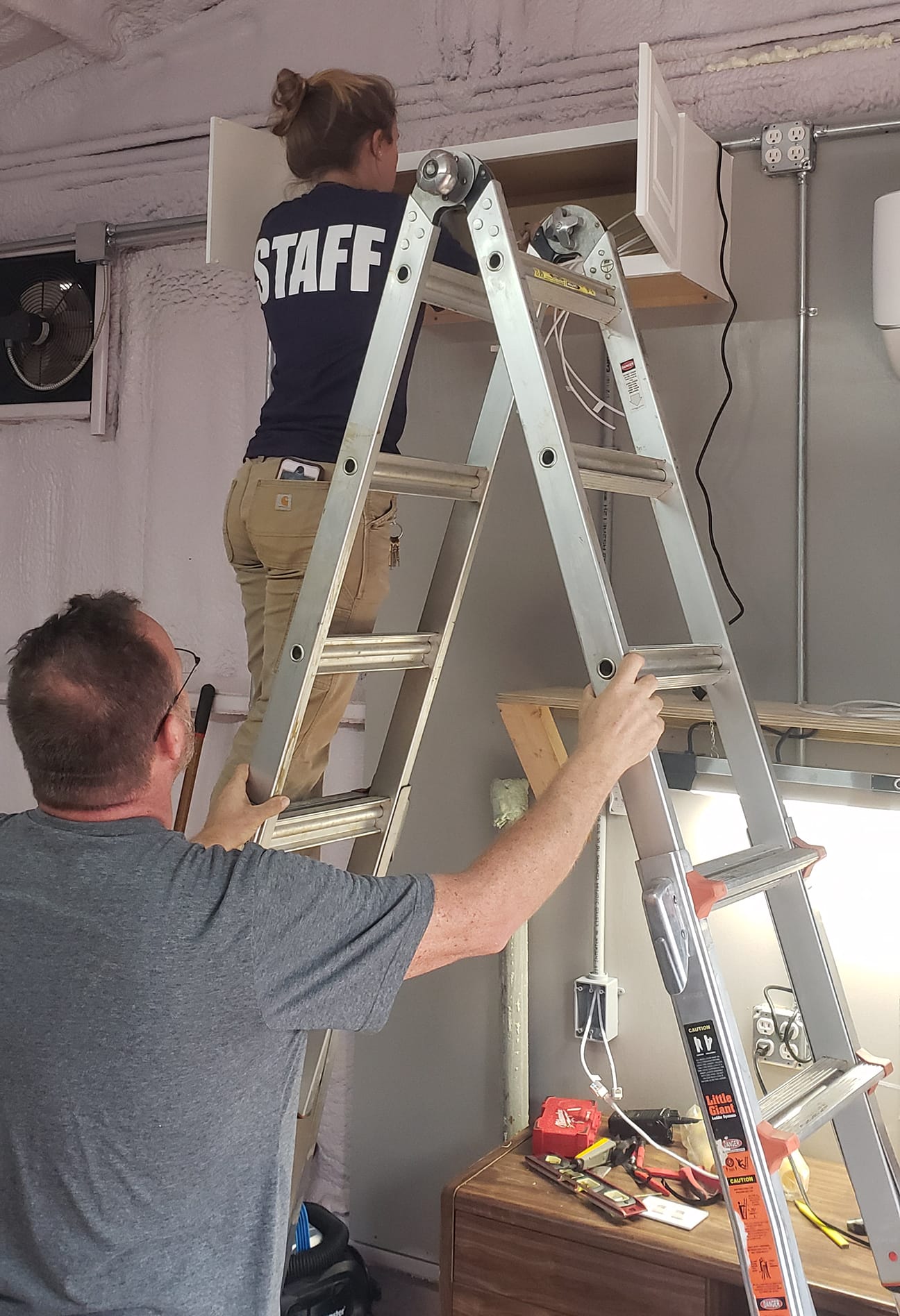

“If the water level is slowly decreasing overnight, we know there is something wrong and we can be searching for a water leak way before we would otherwise know,” Pyle said. “That’s big for water conservation and could save us millions of gallons in the long run.”
Like Pienaar, she is pleased to be raising the bar, which is what TCEQ officials want to see.
“TCEQ is the Texas version of what the Environmental Protection Agency is for America,” Pyle said. “They cover air, land, water, and more. They set regulations and expectations of what we need to keep our public water safe. They look at how you maintain your well-house facility, and certainly this upgrade we’ve made shows them our pride in what we’re doing.


“They acknowledged our growth the past 10 years and said we needed a corresponding capacity upgrade. That recommendation gave Louis and me the foothold to actually start this project, but it was a balancing act as a nonprofit because we needed everything to come together (just right financially).
“I’m sure this new facility will raise their expectations, and we will be prepared for that. Inspections occur every 3-5 years.”
Pienaar is relieved the construction is complete, but he hopes to see guests learning about what the facility is doing for Fossil Rim in the years to come.

“I’m excited that a lot of people from our education department came to this opening ceremony,” he said. “I love the idea of them bringing groups over here to explain where our water comes from, how we use it, and more. That’s a big part of why we made the well-house building larger than we necessarily needed to.
“It is amazing to get to this (opening) day after all the thought and work we put into this. I won’t have to take that call during Spring Break about how we ran out of water.”
Hays explained where guests need to venture to get a look at the well-house facility.
“From the parking lot as you approach the Overlook Café, hang a right and take the mulch pathway, go past the picnic tables, go around the wooden building, and you’ll come across this gem,” she said. “We’ll be installing a fence around the building, but people can still come look at it.”
Pyle shares Pienaar’s wide grin and, when the thought of Spring Break’s water demands comes to mind, she feels confident that they will be able to keep on smiling.
“This facility makes my life a lot easier,” she said. “My dream is to have a similar SCADA system set up for our Wastewater Treatment Plant one day. By no means will this well take care of itself, but now I can be proactive in managing it.
“This is going to enable Fossil Rim to offer such a better customer experience. I’m really looking forward to seeing how it all comes together, considering we’ve had water issues every previous Spring Break. You never want to tell a woman she can’t use the bathroom because there’s no water; we’ve been fortunate that our past guests were understanding.”
Since it is mentioned multiple times in this blog, here is a related entry about the Fossil Rim Wastewater Treatment Plant and water quality: https://tinyurl.com/y6paucuk.
-Tye Chandler, Marketing Associate

